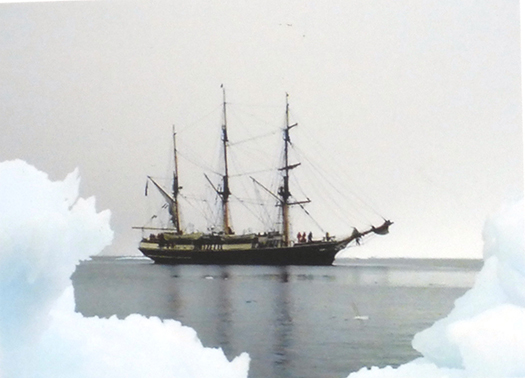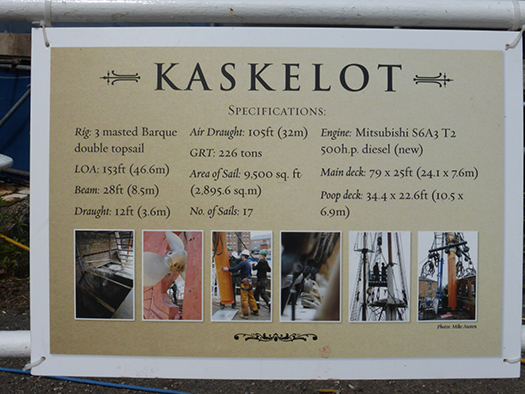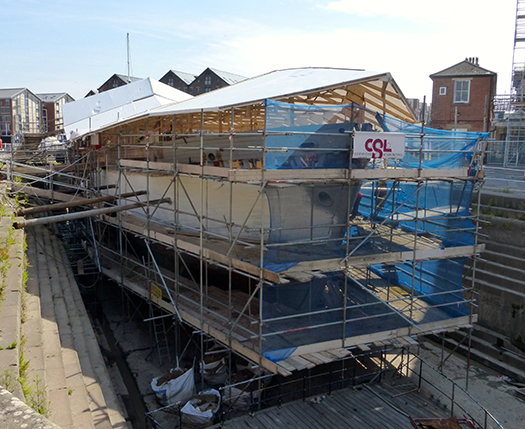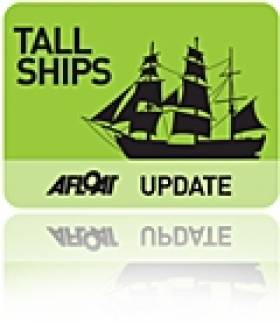Displaying items by tag: Kaskelot
Dun Laoghaire Tall Ship Kaskelot Has Varied Past
#tallships – The visit today to Dun Laoghaire by the square rigger Kaskelot is the latest appearance here by a ship which has had a very varied career.
She was originally built as a wooden motor ship in Denmark in 1948, but was converted with deckhouse re-configurations and fitting of full rig to become a three-masted barque in 1952.
Over the years her activities have included appearing in a number of noted films and TV series, and she has also achieved something of a reputation as an expedition vessel to Arctic regions. Afloat's W M Nixon came upon her having a major refit in Tomi Nielsen's famous boatyard in the Gloucester old docks on the Upper Severn Estuary in late July 2013.
This complex project was satisfactorily completed in just 8 months, since when Kaskelot has again been busy going about her business afloat under sail and power.
Kaskelot has been touring the British Isles for the summer season, departing Bristol on 14 March with stops in Plymouth, Poole, Weymouth and Fowey before a cross-channel jaunt to the Gulf of Morbihan in Brittany, then back north to Liverpool for the Sound City Music Festival, from where she arrived into Dun Laoghaire into a stiff north–westerly last night.
The boat is berthed at berth number two in Dun Laoghaire on the south shore of Dublin Bay.

Kaskelot in the Arctic

Kaskelot details

Kaskelot in the historic working dry dock in Gloucester in 2013. Photo: W M Nixon

Work in progress. Despite it being a very complete refit with a significant level of equipment and systems replacement, this project on Kaskelot in Tomi Nielsen's yard in Gloucester in 2013 was completed in 8 months. Photo: W M Nixon
#TallShips - Dun Laoghaire Marina has put out a reminder to watch for a special visitor to the harbour this coming Thursday 28 May in the shape of the tall ship Kaskelot.
The Baltic Trader, which dates from 1948, was converted to replicate a traditional barque for film and TV productions such as Return to Treasure Island and Shackleton, and later restored at Gloucester's historic docks.
More recently Kaskelot has been touring the British Isles for the summer season, departing Bristol on 14 March with stops in Plymouth, Poole, Weymouth and Fowey before a cross-channel jaunt to the Gulf of Morbihan in Brittany, then back north to Liverpool for the Sound City Music Festival, from where she sets sail to Dublin this week.
It's just a flying visit, though, as Kaskelot is due in Dartmouth on 6 June. The ship's official website has more HERE.






























































